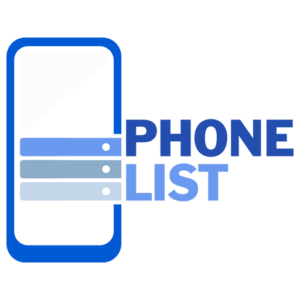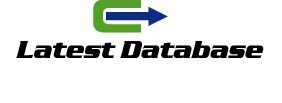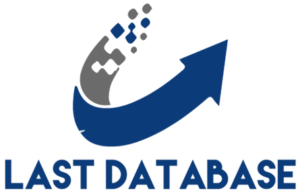More and more marketers are increasingly talking about lead generation. There is nothing extraordinary about it, because lead generation is the main goal of marketers’ activities on the Internet. It is true that it is a very big challenge, so it is worth learning how to acquire leads in both an optimal and adapted to the appropriate target group.
What is Lead Generation? Definition
Lead generation definition – is defined as the process of obtaining data from potential customers such as an email address or phone number. Internet tools and various techniques come to the aid of marketers in obtaining this type of data. A lead is a person or company that is interested in purchasing a given product or service of a specific brand and is willing to take advantage of the offer in the not too distant future.
Lead generation is the translation of
The regular communication and sales process into online contact with the customer. The customer communication process must be scalable, subject to optimization, and semi-automatic.
Lead generation is the process of acquiring potential customers who have expressed interest in a company’s product or service. Leads can be acquired in a variety of ways, such as:
What is Lead?
A lead is a person who has expressed interest in your product or service by filling out a contact form. Regardless of what the lead generation process or sales funnel looks like, leads can be divided into two categories: Sales Qualified Leads and Marketing Qualified Leads.
What types of leads can we distinguish?
A marketing lead is a customer who shows interest in our offer, e.g. by filling out a form on a landing page. If we analyze their actions (they were active on the blog or entered the price list page), we can conclude that they are interested in the offer to buy the product. These marketing leads that have the greatest chance of being finalized are transferred directly to the sales department in the form of sales leads.






